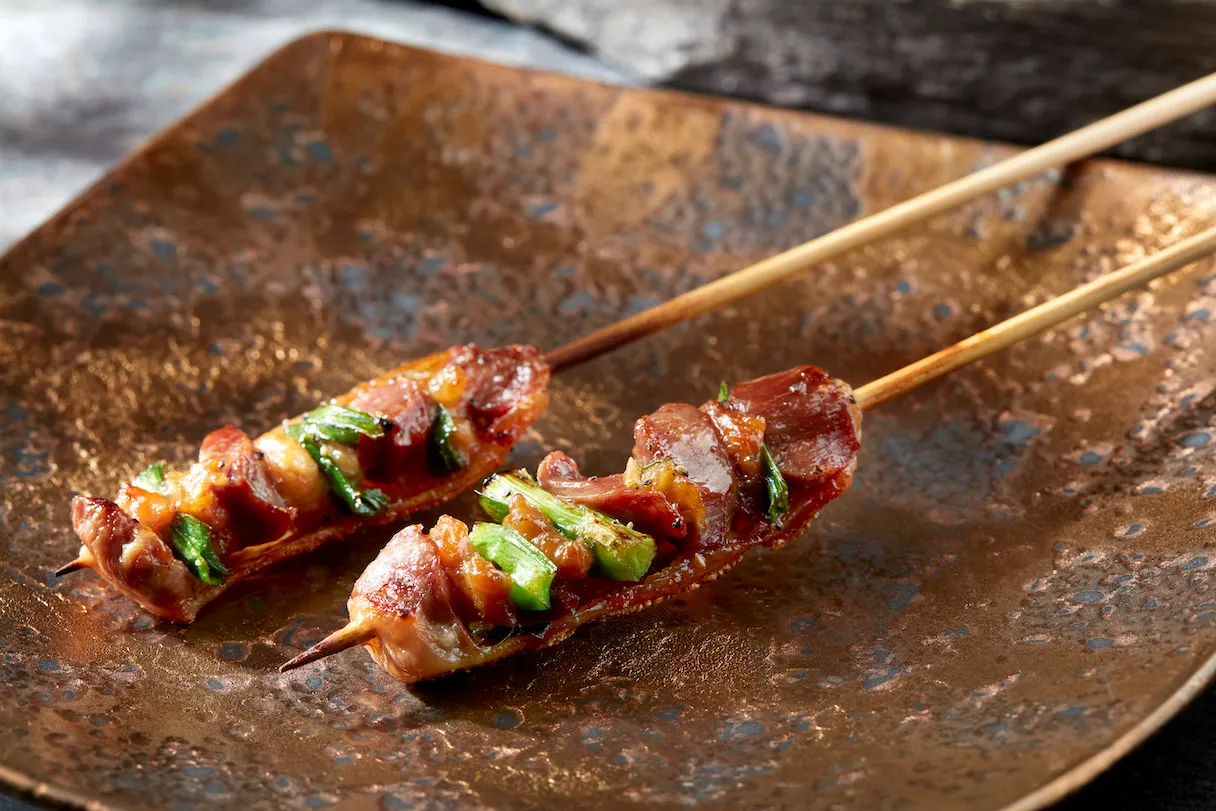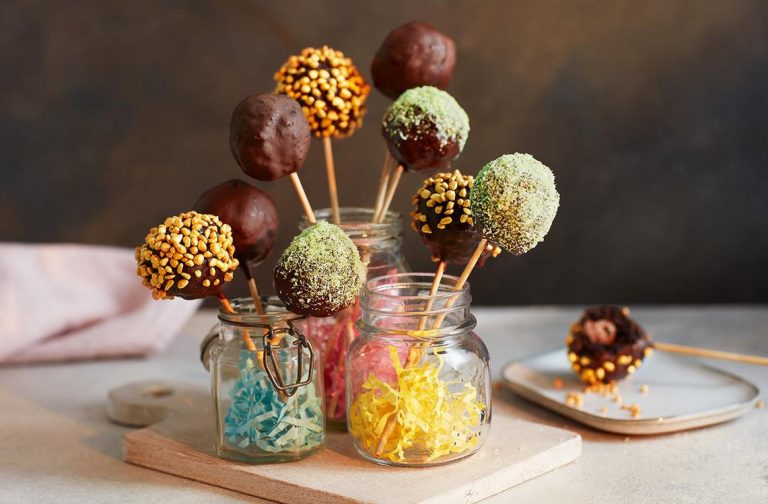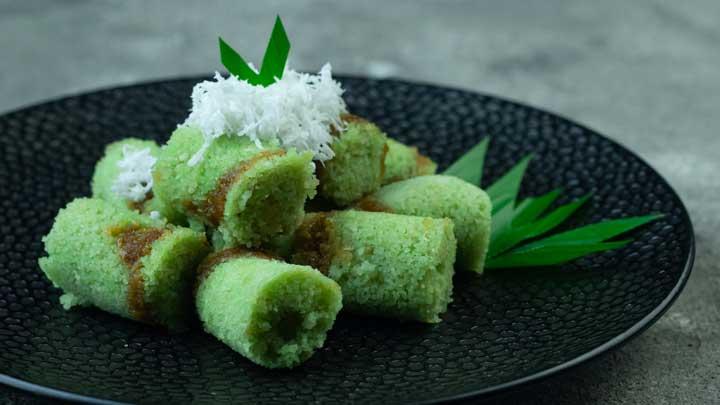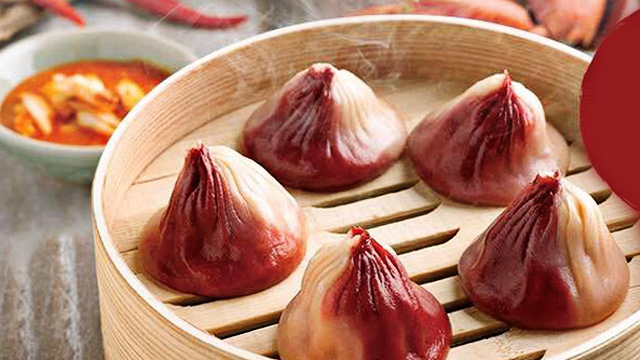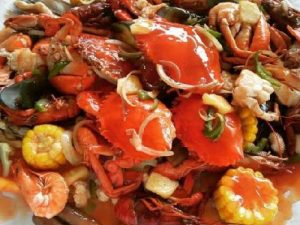Yakitori, Japan’s beloved grilled chicken skewers, is a staple of izakaya (Japanese pubs), street stalls, and home barbecues. Made by skewering bite-sized pieces of chicken and grilling them over charcoal, yakitori is known for its smoky flavor, juicy texture, and balance of sweet, salty, and umami-rich seasonings.
From traditional yakitori shops (yakitori-ya) to modern restaurants, this dish is enjoyed by people of all ages. Whether paired with a cold beer, served as a casual snack, or part of a full meal, yakitori represents the art of simple yet flavorful Japanese cuisine.
In this article, we’ll explore the history, varieties, cooking techniques, and tips for making authentic yakitori at home.
1. The History of Yakitori

Yakitori, which translates to “grilled chicken” (焼き鳥), has its origins in Japan’s Edo period (1603–1868), when street vendors began skewering and grilling chicken over charcoal. However, eating chicken was not common in Japan until the Meiji era (1868–1912), when dietary restrictions on meat were lifted.
By the 20th century, yakitori had become a popular street food, especially around train stations and markets, where it was served with tare sauce (a sweet-savory glaze) or simple salt seasoning. Today, yakitori is a staple of izakaya culture, enjoyed by salarymen, families, and food lovers worldwide.
2. Key Ingredients and Yakitori Preparation
A. Choosing the Right Chicken Parts
Yakitori uses every part of the chicken, offering a variety of textures and flavors. Common cuts include:
- Momo (もも) – Chicken thigh, juicy and tender.
- Negima (ねぎま) – Chicken thigh with green onions.
- Torikawa (とり皮) – Crispy, fatty chicken skin.
- Tebasaki (手羽先) – Chicken wings, grilled to perfection.
- Tsukune (つくね) – Chicken meatballs, often mixed with egg yolk or tare sauce.
- Reba (レバー) – Chicken liver, rich and slightly creamy.
- Hatsu (ハツ) – Chicken heart, chewy and flavorful.
B. Essential Yakitori Seasonings
Yakitori is typically seasoned in two ways:
🍢 Shio (塩 – Salt) – Simple seasoning with sea salt, enhancing the natural flavors of the chicken.
🍢 Tare (タレ – Sweet Soy Glaze) – A rich sauce made from soy sauce, mirin, sake, and sugar, giving the skewers a glossy, caramelized finish.
📌 Pro Tip: Marinate chicken in tare for at least 30 minutes for deeper flavor before grilling.
C. The Role of Binchotan Charcoal
Traditional yakitori is grilled over Binchotan charcoal, a high-quality Japanese white charcoal that burns cleanly and produces intense heat. This gives yakitori its signature smoky aroma and crisp texture.
If Binchotan is unavailable, you can use a charcoal grill, gas grill, or stovetop grill pan.
3. Popular Yakitori Varieties
Yakitori is highly versatile, with countless variations based on seasoning, sauces, and ingredients. Here are some of the most popular types:
A. Classic Chicken Yakitori
- Negima (ねぎま) – Chicken thigh with green onions, seasoned with tare or salt.
- Momo (もも) – Juicy chicken thigh pieces.
- Torikawa (とり皮) – Crispy grilled chicken skin, brushed with tare.
📌 Best Paired With: Japanese beer or sake.
B. Specialty Yakitori Skewers
- Tsukune (つくね) – Chicken meatballs mixed with scallions, miso, and egg yolk, often served with a dipping sauce.
- Tebasaki (手羽先) – Grilled chicken wings, crispy and smoky.
- Reba (レバー) – Chicken liver, rich and creamy, great with tare.
- Hatsu (ハツ) – Chicken heart, slightly chewy with an umami-packed bite.
📌 Best for Adventurous Eaters: Unique textures and deep flavors.
C. Creative Yakitori Variations
- Bacon-wrapped Yakitori – Chicken or vegetables wrapped in crispy bacon.
- Vegetable Yakitori (野菜焼き – Yasai Yaki) – Mushrooms, bell peppers, and cherry tomatoes grilled yakitori-style.
- Cheese Tsukune – Chicken meatballs stuffed with melted cheese.
📌 Perfect for Variety Lovers: A mix of flavors beyond traditional chicken skewers.
4. How to Make Yakitori at Home
Want to recreate authentic yakitori at home? Follow this step-by-step recipe for delicious grilled skewers.
Ingredients:
- 1 lb chicken thighs (cut into bite-sized pieces)
- 1 bunch green onions (cut into 1-inch pieces)
- Wooden skewers (soaked in water for 30 minutes)
📌 For Tare Sauce:
- ½ cup soy sauce
- ¼ cup mirin
- 2 tbsp sake
- 1 tbsp sugar
- 1 clove garlic (minced, optional)
Step-by-Step Instructions:
1. Prepare the Chicken and Skewers
- Cut chicken thighs into bite-sized pieces.
- If making Negima Yakitori, alternate chicken and green onions on the skewer.
2. Make the Tare Sauce
- In a saucepan, combine soy sauce, mirin, sake, sugar, and garlic.
- Simmer over low heat for 10 minutes until slightly thickened.
3. Grill the Yakitori
- Preheat a grill to medium-high heat.
- Brush the skewers lightly with tare sauce or salt.
- Grill for 5-6 minutes per side, brushing with more tare for extra flavor.
4. Serve and Enjoy
- Serve hot with extra tare sauce for dipping.
- Pair with rice, pickles, or a cold beverage.
📌 Pro Tip: For extra smokiness, use charcoal instead of gas grilling.
5. Yakitori Culture: Where to Eat It in Japan
Yakitori is widely available across Japan culinary, from casual food stalls to high-end restaurants. Here are the best places to enjoy authentic yakitori:
A. Yakitori-Ya (Specialty Yakitori Shops)
- Torishiki (Tokyo) – High-end yakitori with premium Binchotan grilling.
- Bird Land (Tokyo) – Michelin-starred yakitori near Ginza.
B. Izakaya (Japanese Pubs)
- Great for casual dining with drinks.
- Popular in Tokyo’s Shinjuku, Osaka’s Dotonbori, and Kyoto’s Pontocho Alley.
C. Street Food Stalls & Festivals
- Found in markets like Tsukiji (Tokyo) and Nishiki (Kyoto).
- Perfect for quick, affordable yakitori on-the-go.
6. The Perfect Pairings: What to Drink with Yakitori
🍺 Japanese Beer (Asahi, Sapporo, Kirin) – Refreshing contrast to the smoky flavors.
🍶 Sake (Junmai or Honjozo) – Enhances umami notes in tare sauce.
🥃 Whiskey Highball – Light, bubbly, and pairs well with grilled foods.
🍵 Green Tea or Oolong Tea – A non-alcoholic option that balances rich flavors.
Conclusion
Yakitori is more than just grilled chicken—it’s a symbol of Japanese street food culture, offering an incredible variety of flavors, textures, and experiences. Whether enjoyed at a lively mancingduit izakaya or made at home, yakitori captures the essence of simple, high-quality ingredients cooked to perfection.
So next time you’re craving authentic Japanese flavors, grab some skewers, fire up the grill, and enjoy the delicious simplicity of yakitori! 🍢🔥🇯🇵












